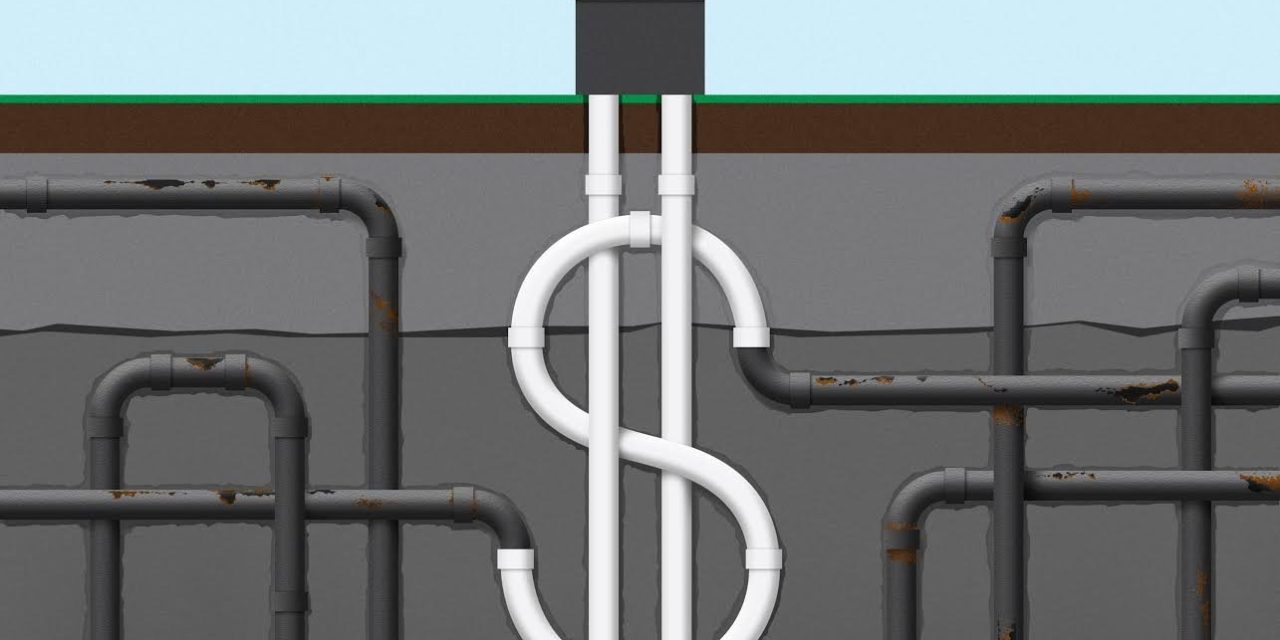The Times ran an informative piece by Hioroko Tabuchi Nov. 11 describing the “$300 billion war” being waged by the plastics and iron industries over which material should be used in replacing the aging water and sewer systems throughout the US. Plastics are described as “lightweight, easy to install, corrosion-free and up to 50% cheaper than iron.” But:
Scientists are just starting to understand the effect of plastic on the quality and safety of drinking water, including what sort of chemicals can leach into the water from the pipes themselves, or from surrounding groundwater contamination. Studies have shown that toxic pollutants like benzene and toluene from spills and contaminated soil can permeate certain types of plastic pipes as they age. A 2013 review of research on leaching from plastic pipe identified more than 150 contaminants migrating from plastic pipes into drinking water.
“Plastics are being installed without any real understanding of what they’re doing to our drinking water,” said Andrew J. Whelton, assistant professor of civil engineering at Purdue University, and an author of the 2013 study. “We don’t know what chemicals we’re being exposed to.”
Doesn’t the answer seem obvious? Iron for water systems, plastic for sewage.
“There is no problem facing humanity that can’t be solved by consulting me.” —Gore Vidal





